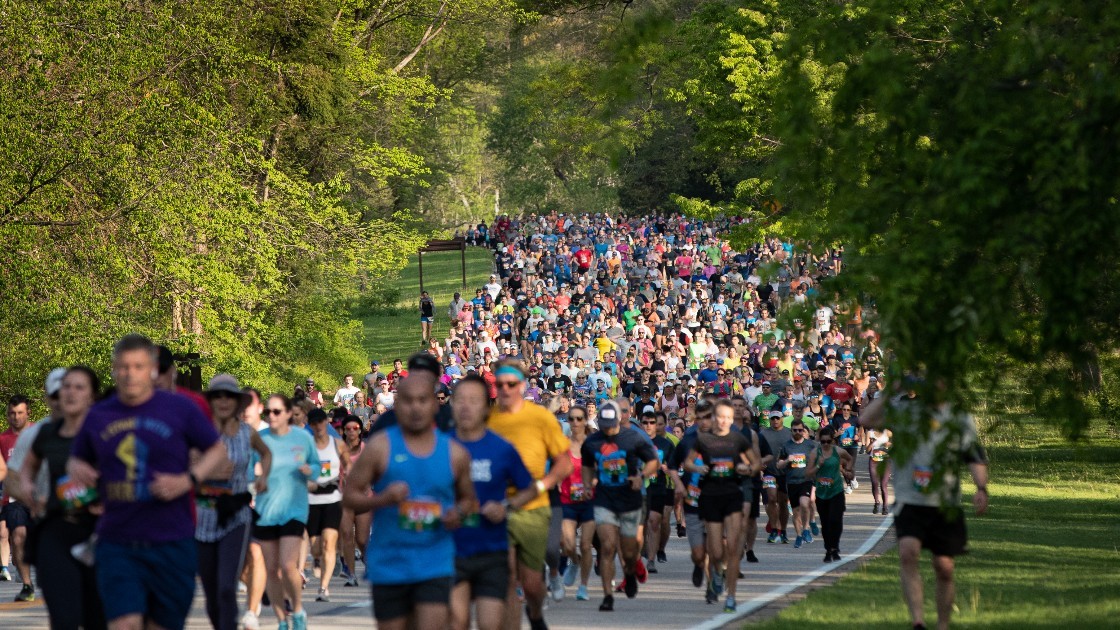Startling surveillance video released Monday shows the moment a huge CSX train car plowed into the car in front of it early Sunday. One by one, the cars veer off the tracks and on top of each other.
CSX crews continued to clear rail cars from tracks near the Rhode Island Avenue Metro station Monday, a day after a freight train crashed off the tracks and spilled hazardous material.
The derailment near Rhode Island Avenue and 9th Street NE about 6:40 a.m. Sunday spilled three chemicals onto the tracks, forcing the closure of the Metro station and causing disruptions to Amtrak and MARC service.
Sixteen cars slammed off the tracks near a heavily populated neighborhood. No injuries were reported, and the chemicals pose no immediate danger to the public, D.C. Assistant Fire Chief John Donnelly and CSX spokeswoman Kristin Seay said.
"The safety of the community, first responders and CSX employees remains our priority," Seay said in a statement.
About 750 gallons of sodium hydroxide, more commonly known as lye, leaked from one of the derailed tanker cars, CSX said. Another derailed car leaked a non-hazardous calcium chloride solution. A third car seeped ethanol, a fuel additive.
An underground gas line was ruptured during the derailment.
The cause of the derailment was not immediately clear. The 175-car train with 94 loaded cars was en route to Hamlet, North Carolina, from Cumberland, Maryland. CSX said Monday that 16 cars were affected, not the 15 the company previously reported.
By Monday evening, 15 of the 16 cars had been lifted back onto the rails to be moved to other CSX facilities for inspection. The 16th car was seriously damaged and will be removed via truck trailer, the company said.
Local
Washington, D.C., Maryland and Virginia local news, events and information
"CSX works hard every day to make sure that things like this don't happen. We inspect our infrastructure rigorously, actually in excess of federal requirements," company spokesman Rob Doolittle said.
Tracks are visually inspected several times per week and by ultrasound 3 to 12 times per year, Doolittle said.
D.C. needs to play a bigger rule in regulating trains that pass through the District, as well as their cargo, Del. Eleanor Holmes Norton said. D.C. has no state rail safety office.
"Every state has one and we should have one," she said. "We ought to have confidence that these tracks are inspected."
Photos of tanker cars with placards saying they contained chlorine sparked fears along Virginia Avenue SE, near L'Enfant Plaza. But CSX said the cars didn't contain the deadly gas -- they were empty.
"The cars that were seen in the District recently are empty cars. They are still marked for the contents that they carried last, in the event that a first responder has to respond to a scene of an incident," Doolittle said. "But just because they're placarded does not mean that they're full at that time."
How Transit Is Affected by the Derailment and Cleanup
Metro opened on time Monday, after the Rhode Island Avenue station was closed Sunday because of the derailment.
Trains on MARC's Brunswick Line will operate on a reduced schedule, with fewer departure times, and two trains on the Camden Line were canceled. Metro will honor MARC tickets Monday afternoon. See the MARC website for more information.
Amtrak ran shuttle buses between D.C. and Pittsburgh on Sunday. Service was running as normal as of Monday afternoon.
The Metropolitan Branch Trail was partially closed north and south of the Metro station.
What's Next
Once the rail cars are moved, CSX crews will lay new track and then dig up and haul away soil contaminated by the chemicals.
The CSX operation center is expected to remain near the derailment site through at least Thursday. Cleanup work will continue around the clock.
The investigation into the cause of the derailment may not be complete until next year, officials said.



